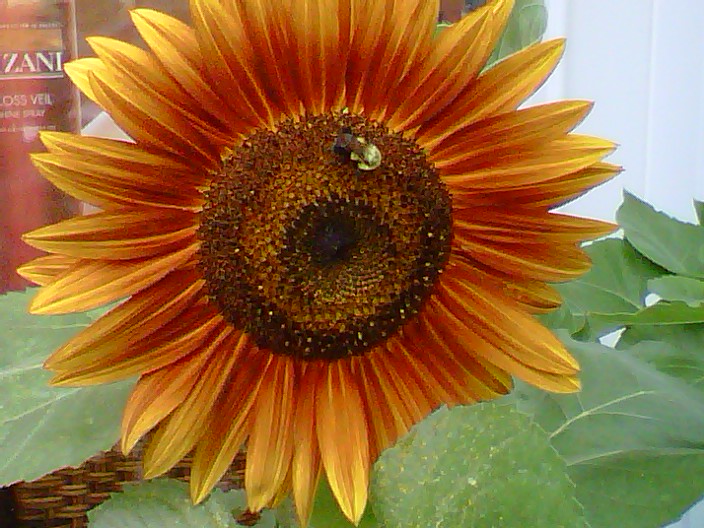After working with so many different hair textures and curl patterns and scalps, I have been trying to figure out how to simplify how to deal with hair. Yeah, I am going deep with this article. It is all just my theory from my brain. I did not read what I am about to say anywhere. It is just my conclusions based on my observations from my practice, but here it is . . .
Pictured is curling ribbon. I purposely cut each piece to be equal in length.
Next picture: I ran a pair of scissors down one of the pieces of ribbon repeatedly. Probably about four or five times. Each time I ran that scissor edge down that ribbon, the ribbon got curlier and curlier. As you can see the same length ribbon shrink about 75% in length? Hard to believe that both pieces of ribbon are the same length. Right? Doesn't look like the same length when one ribbon is curled all up. Right?
So you are probably guessing how this ribbon is relative to a hair strand. Well, you are looking at Type 1 straight hair to a Type 4 kinky, extremely curly hair in the form of a ribbon.
My theory is that as the hair grows out of the scalp, some of our hair follicle roots are closer to the surface of the scalp, and as they come out the edge of the follicle is acting like a scissor blade causing it to curl as it grows out.
For those with follicles farther away from the scalp surface, the hair emerges less curly and more straight.
Those whose roots are closer to the scalp (i.e. kinky curly) are probably more sensitive to relaxers. Burning can come very quickly. Scalp damage and thinning from the relaxers can also be more likely because the scalp is being exposed to relaxer touchups more often per year than someone with less kinky curly hair. Plus the root of the follicle is closer to the scalp surface making the root more vulnerable to intense damage from the relaxers.
If the hair strand is coarse and kinky curly then stronger relaxer strengths are being used to soften the strand and smooth it out. The scalp exposure is greater because the roots are curling immediately out of the scalp.
Looser curl patterns grow away from the scalp with a wave or sometimes little kinky curly, but it does not curl back on itself.
Hair that curls back on itself is usually considered a z pattern or a 4c curl pattern.
Over the decades, I really do not think that the relaxer manufacturers have had this curl pattern in mind. With recent trends of women going naturally, kinky curly, they have been forced to recognize the intensity of curl patterns that exist out there. With this said, I wished they would make more relaxer instructional videos showing speed relaxer touch-up service on ultra- kinky hair.
Some stylists prefer using the rattail comb for relaxer touchup application for kinky curly hair. I had not picked up this habit because I thought that it looked a little "ghetto." However, I may have to really re-examine whether the rattail comb can give more control and speed for those with curlier textures.
In the meantime, I still love using the sprushes.
I know that this article is very scary and discouraging, but sometimes the truth is not always pretty. I am saddened by this article because I prefer to give you a solution with any potential problem. Unfortunately, I do not have any easy answers.
Am I saying that sisters with kinky-curly hair need to discontinue relaxers if they want to keep their hair on their head? I do not know. What I do know is that extremely kinky curly hair in its natural state is generally not considered "corporate" or European enough for most professional office jobs.
What I also know is that truly relaxing extremely kinky-curly hair is forcing that hair 180 degrees in the opposite direction where looser curl patterns are not so far away from being straight to begin with.
Is the answer full sew-ins? or protective styling (i.e. wigs) for the kinky curly professional woman? I really do not know. Everyone has to answer that question for themselves.

No comments:
Post a Comment